Spine Surgery: Sextant Minimally Invasive Fusion
(Medtronic)
Minimally invasive surgery of the spine allows minimal tissue disruption
and decreased muscle dissection, while at the same time accomplishing
decompression and fusion of the spine. One very useful device and
technique which enables the minimally invasive accomplishment of a spinal
fusion is the Sextant device (Medtronic). This device allows the spine
surgeon to place screws into the spine in a percutaneous manner (through the
skin), and then place a rod percutaneously, which will connect the screws
and allow for fusion of the adjacent levels.
Below, the Sextant device (Medtronic) is seen. Each of the long
tubes will be attached in a minimally invasive percutaneous manner, to the
screws in the spine. The arc or sextant device (Medtronic) is then
attached to the tubes, and a rod, which is connected to the arc, is passed,
through the skin, into the head of the screws, enabling a completely
percutaneous fusion of the spine.
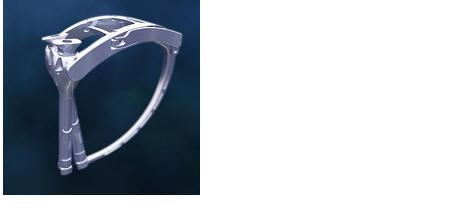
Below, a schematic of the spine is seen. Using c-arm (flouroscopy)
x-ray imaging, the surgeon places a Jamshidi needle into the spine.
Specifically, the surgeon places the Jamshidi into the pedicle of the spine.
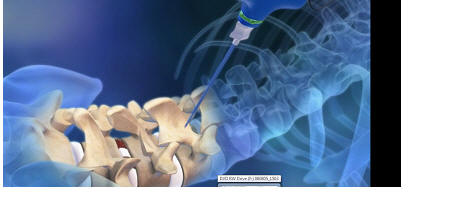
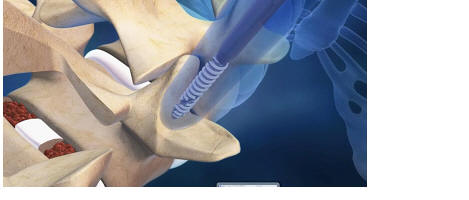
Above, a tap is seen being placed into the pedicle. This will allow
threads to be placed in the bone of the pedicle. Subsequently, a screw
will be placed.

Above, a screw is being placed into the pedicle, using the sextant device
(Medtronic).
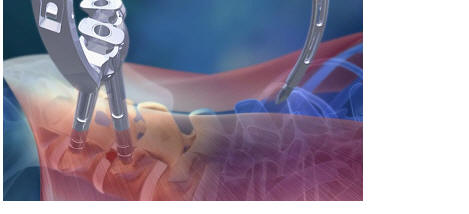
Above, the sextant device (Medtronic) is seen, attached to the pedicle
screws which have been implanted into the spine. The arc of the
sextant is seen, ready to pass a rod toward the pedicle screws.
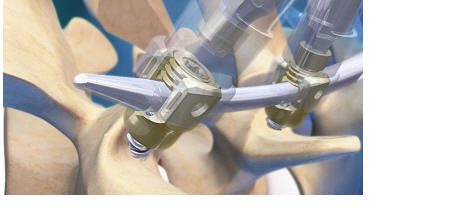
Above, a rod is seen connecting the two pedicle screws. It has been
placed in a minimally invasive percutaneous manner, using the medtronic
sextant device.
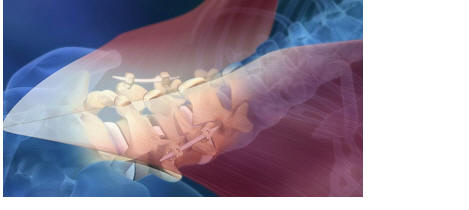
A completely minimally invasive, percutaneous placement of pedicle screws
and rods, with the sextant device, medtronic.
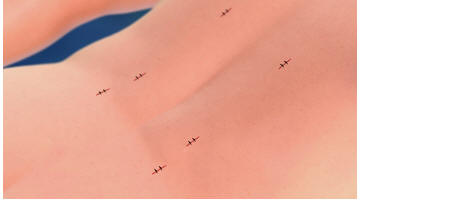
When a minimally invasive percutaneous device (sextant, medtronic) is
used, several punctate incisions are used to place the screws and the rods.
As seen above, these are easily closed with suture, staples, or dermabond
(glue).
|

